Filegear One Plus Hardware Internals
We removed the top cover of the Filegear One Plus to check out the inside. Doing so may void your warranty, so we do not advise doing this but we wanted to show you inside the chassis.
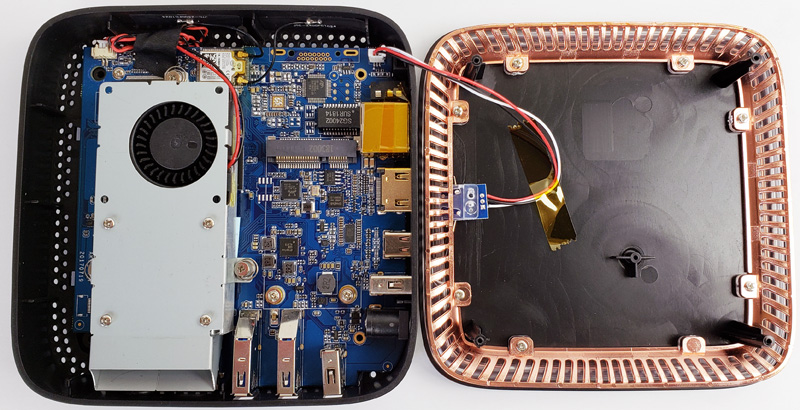
An active heat sink covers the Celeron J3455 Quad-Core CPU and Memory. The supplied fan works amazingly well at cooling the unit. The Filegear One Plus barely gets warm during use, and we could not hear the fan, it’s very quiet in operation. The Filegear team did a great job on the cooling solution to keep the system quiet.
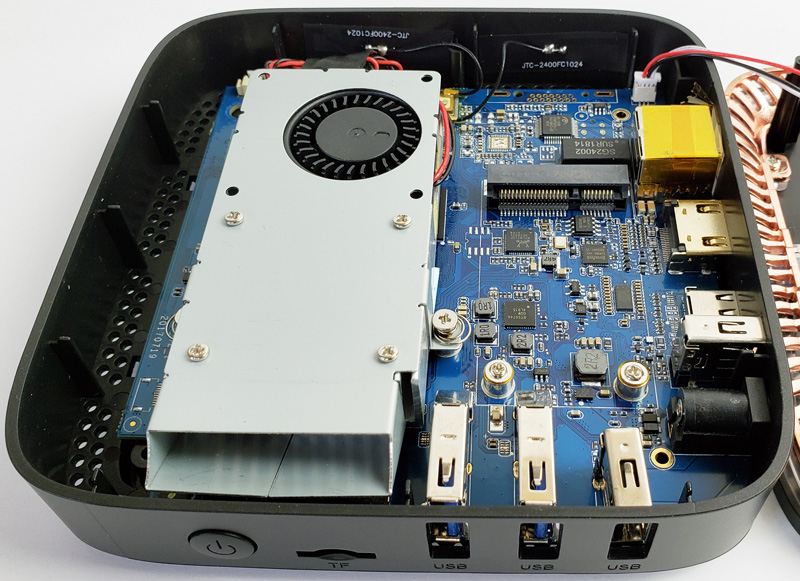
The fan exhaust goes out the side of the box which we could barely feel. We also spot an mSATA port at the top of the PCB. We asked about this and found this will be used as an “Upgrade” with additional storage for metadata to handle more files; the standard Filegear One Plus could handle about 500K files; an upgrade will increase that to 2.5 million.
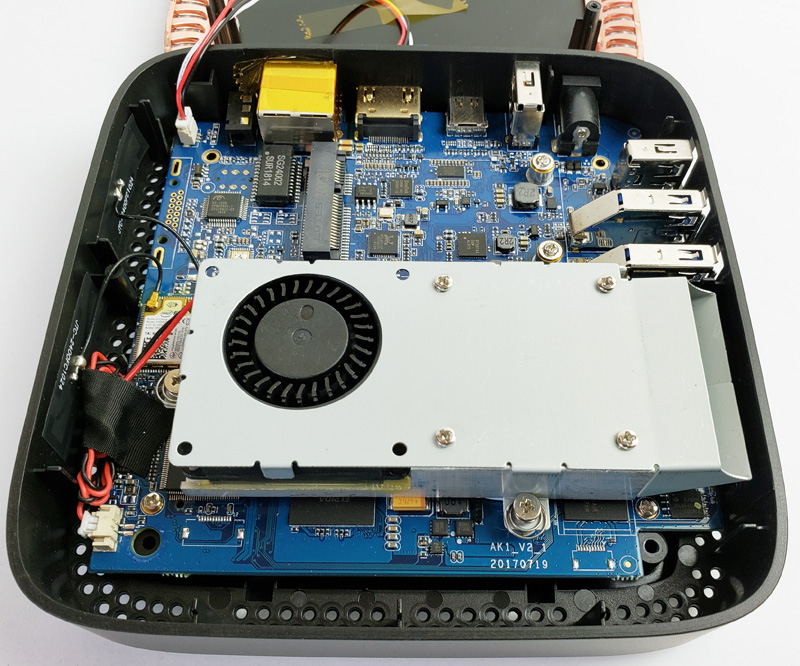
One can also see the WiFi package onboard. There is a lot of functionality in this small footprint.
Setting up the Filegear One Plus
To start the setup procedure, we need to install a drive into the bottom bay. Two enclosure release tabs on the bottom allow access to the drive bay.
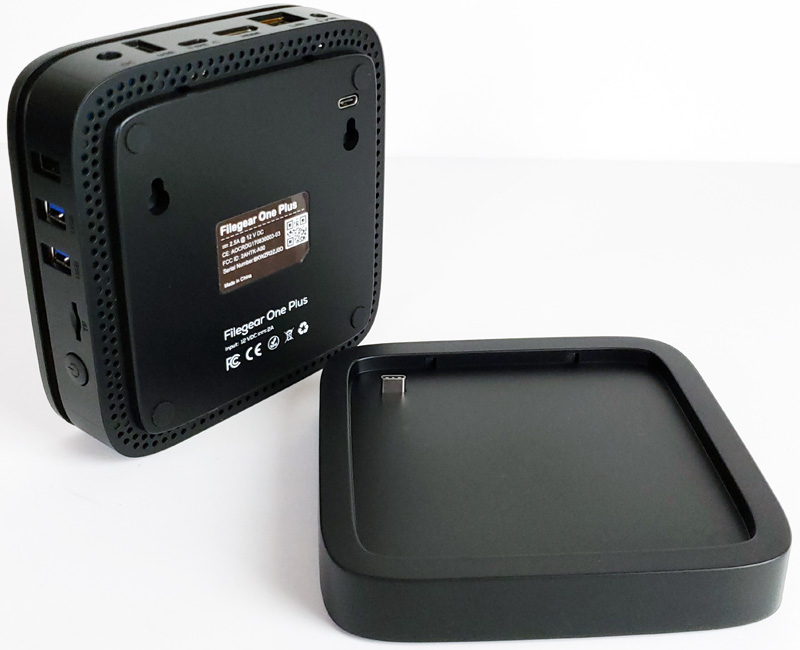
After the tabs have moved to the unlock position, the drive bay pulls off.
For our testing, we will use a Samsung 840 Pro 256GB SSD. Any 2.5” drive can be used here, from laptop HDD’s to SSD’s.
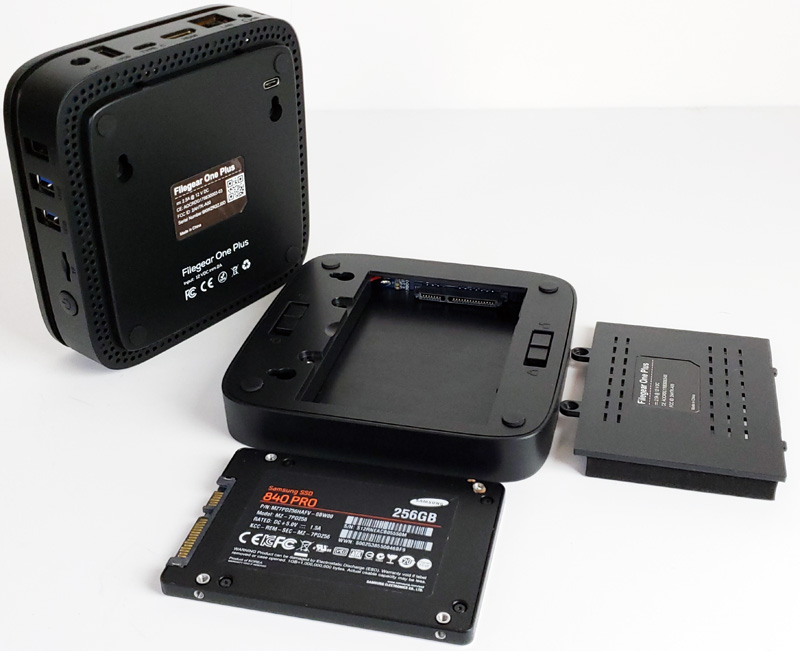
At the bottom of the drive bay, unscrew the two screws that hold on the access cover. Insert your drive into the bay, and push the drive towards the SATA/ power ports to assure a good connection.
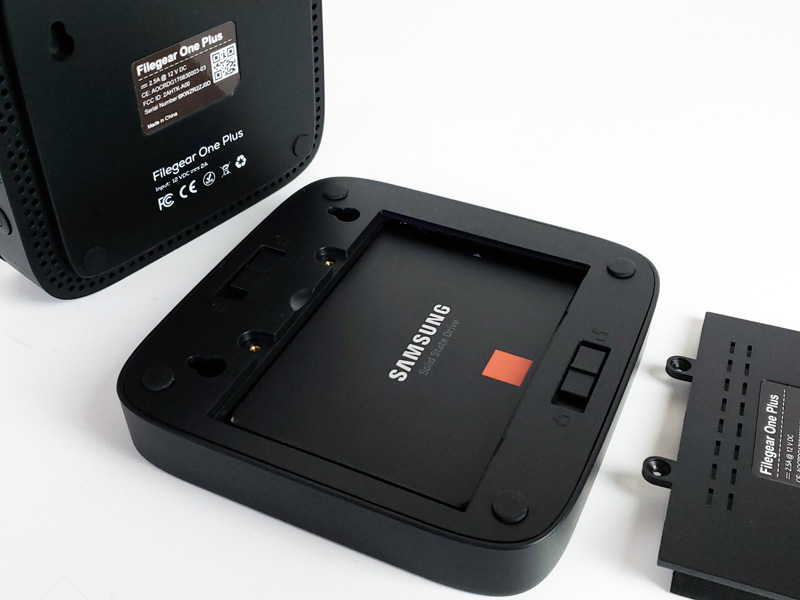
Here we have our drive installed and all ready to be buttoned up.
Now that we have our SSD installed let us take a look at Filegear software.



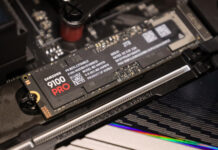
Other than the logos, that looks just like the HP Elite Slice.
https://store.hp.com/us/en/mdp/hp-elite-slice–1
@Shaun That’s a pretty uncanny resemblance. Bets on whether its a custom skin on A) an actual HP unit or B) the same thing from HP’s chinese ODM? Plus the specific custom software which is the real reason we’re all here.
Besides… HP touts 6th gen processors and I’m not sure what the processors used here qualify as. Maybe they’re using an older gen?
It’s likely an AcePC AK series, which are HP Elite Slice knockoffs.
https://www.techradar.com/reviews/acepc-ak1-mini-pc
I think it looks more like this:
https://amzn.to/2Gjmn1c
This is indeed a AcePC AK1. Is Servethehome now a pay-to-play review site? I find it hard to imagine how this thing got a 9.3. Considering the USB3 connection that connects the “internal” drive will bottleneck the performance, I think we can surmise how serious this company is with data storage. The DS119J is $110. The AK1 is $160. The NUC Kit NUC7PJYH is $170. No informed consumer would spend $250 on this.
“we enjoyed this product and will happily say goodbye to OneDrive, Dropbox, and Google Drive.”
Who writes this stuff? I am convinced this was a sponsored posting.
Personally, I am using OwnCloud running on a VM. Single core with SMT, 2GB of RAM, 1TB of total storage (For OS, Owncloud and any other files I add). It’s running off of a LAMP stack, Ubuntu 18.04. I highly suggest anyone looking for a fun project to do owncloud if you have a separate machine able to do this.
I love the features of OwnCloud, and the desktop sync app is pretty cool too, as you can sync up multiple accounts and folders on your PC to OwnCloud. I’d personally invest in an OwnCloud machine before this box.
Nick – we do not do sponsored posts. The Synology comparison is valid, however, I take issue with comparing pricing of hardware to a product with a hardware and software bundle. There is a fairly large market segment that wants a solution that works out of the box. Remember, Dell Technologies is larger than Supermicro by several times because solutions sell better than roll-your-own.
Patrick – My comment was a little bombastic and I don’t think you guys actually write sponsored reviews, but this one read like it. Probably my criticism is rooted in the fact that this is one of the few sites that give solid, technical reviews without a bunch of clickbait and fluff posts.
I realize that built into this pricing is the software, but the $100 synology comes with the same OS as the $1000 disktation, and from what I can tell has the same features. Would have been nice to see how the software compared to the offerings considering it loses in the hardware category.
Also one thing that is glossed over is security. From what I can tell, Filegear is closed source, doesn’t have a bug bounty program, and makes no mention of security on their site. That alone I think makes it difficult to recommend this product. Just my 2 cents. Keep up the good work :)